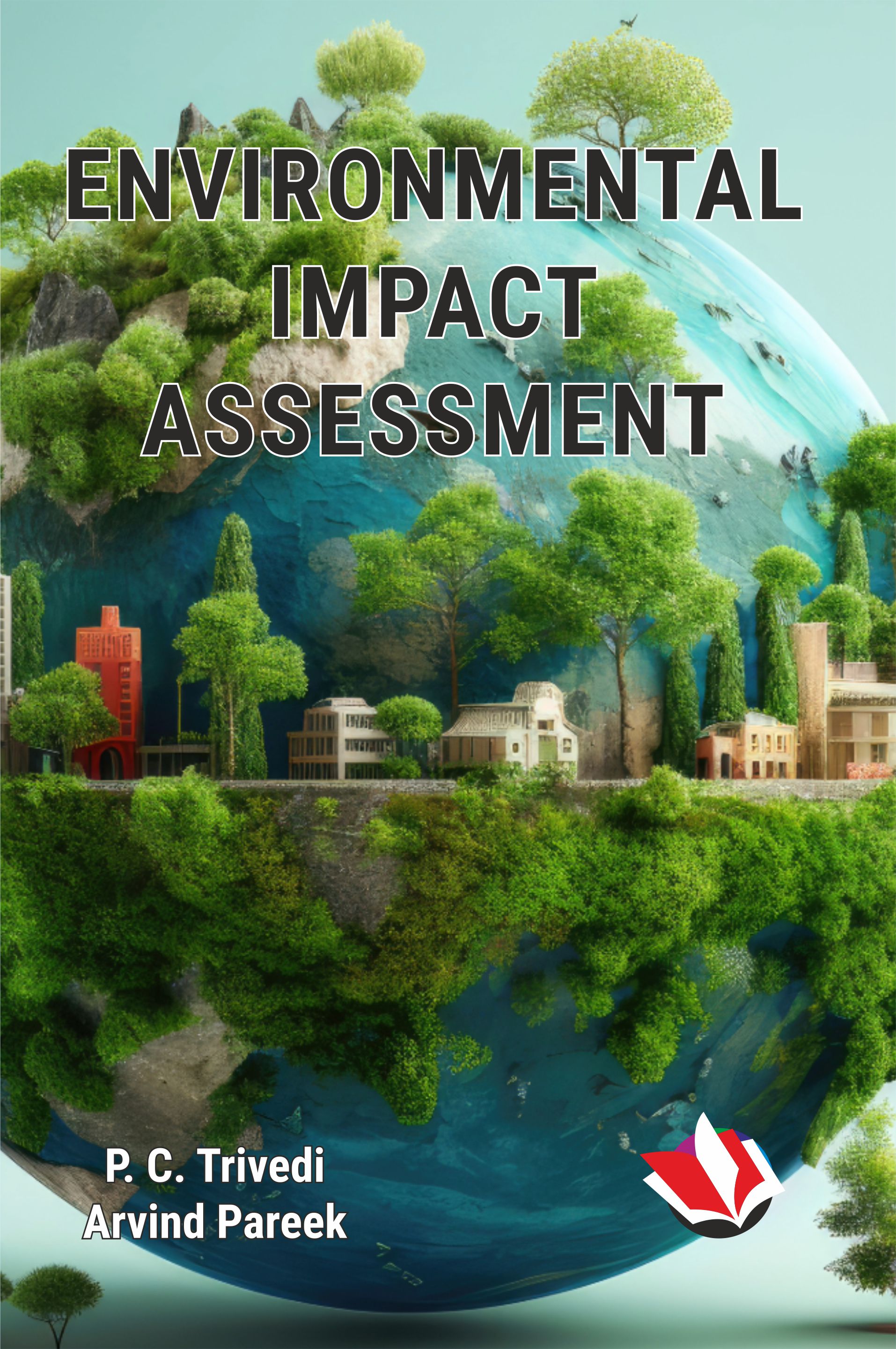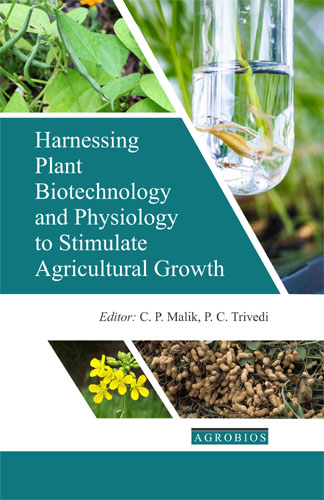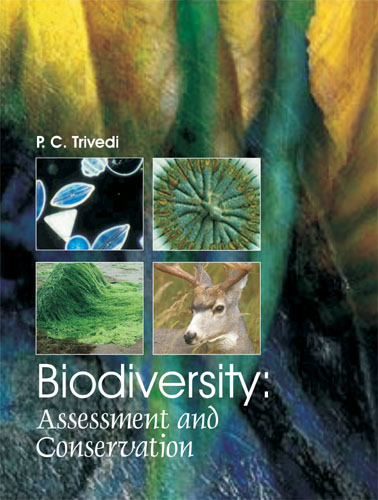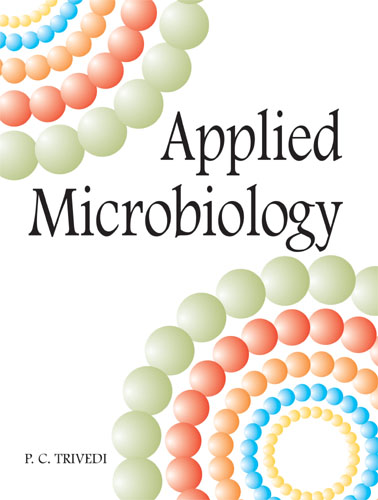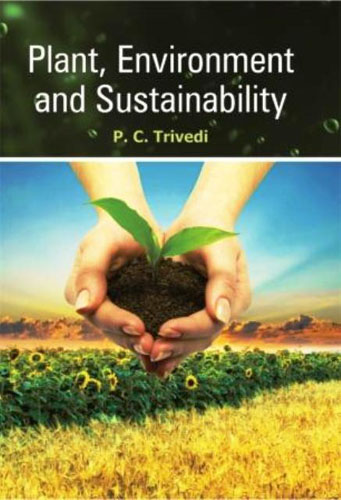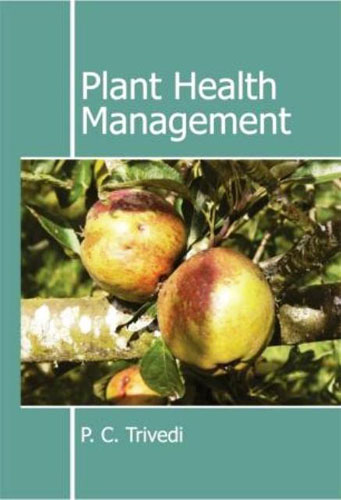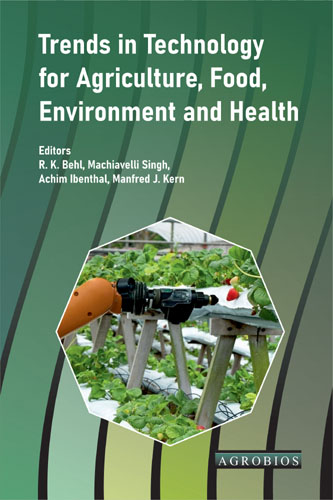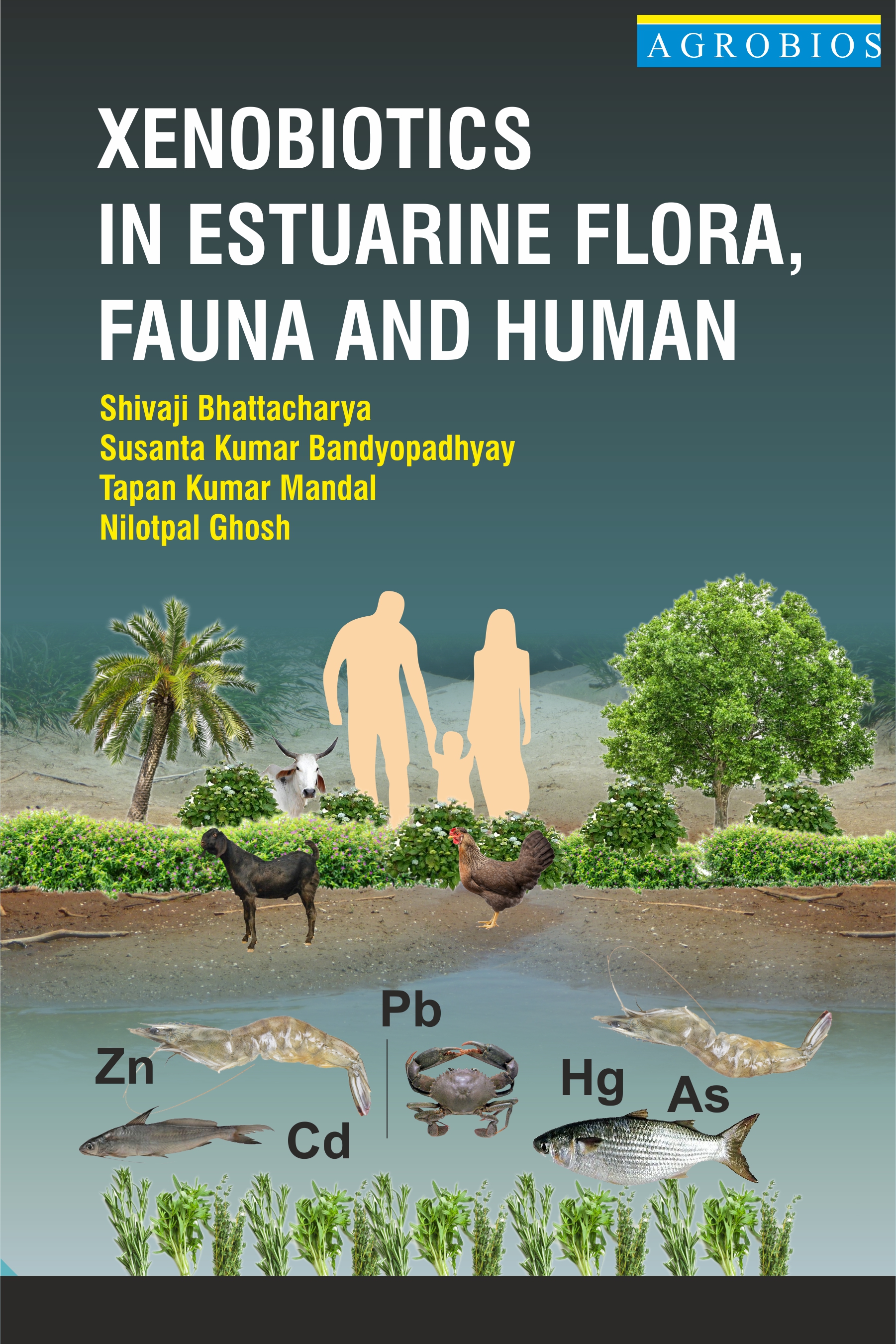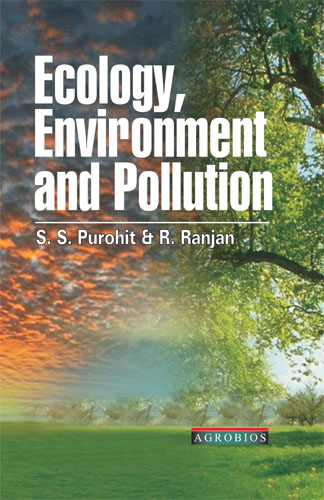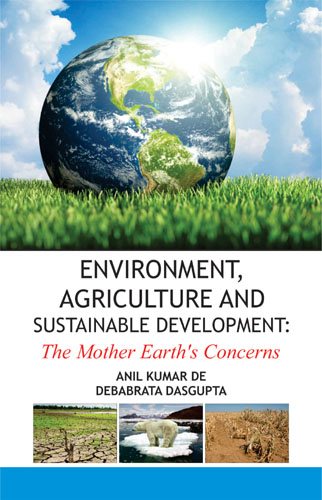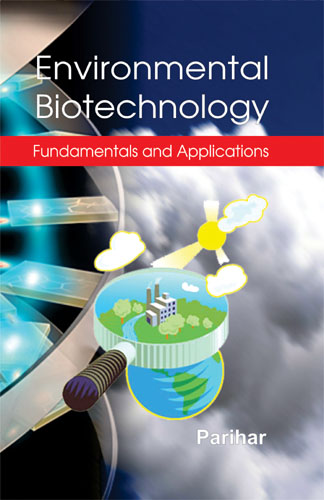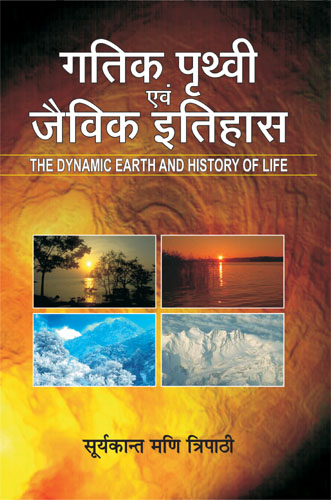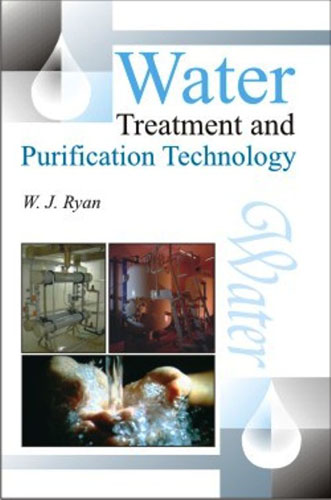Environmental Impact Assessement
The Earth is crying. Why? Keeping our ears and eyes close to the ground, we can feel our Mother Earth must be suffering from pain. Let us analyze. Wild fires in Southern California, wettest winter in Northern California (USA) in a century before 2017, flash floods in China, Japan at the other end of the Globe are manifestations of Earth's pain. Drought, fire, flood and storms are events associated with weather-related episodes due to global warming.
Environment Impact Assessment or EIA can be defined as the study to predict the effect of a proposed activity/project on the environment. A decision-making tool, EIA compares various alternatives for a project and seeks to identify the one which represents the best combination of economic and environmental costs and benefits.
EIA systematically examines both beneficial and adverse consequences of the project and ensures that these effects are taken into account during project design. It helps to identify possible environmental effects of the proposed project, proposes measures to mitigate adverse effects and predicts whether there will be significant adverse environmental effects, even after the mitigation is implemented. By considering the environmental effects of the project and their mitigation early in the project planning cycle, environmental assessment has many benefits, such as protection of environment, optimum utilisation of resources and saving of time and cost of the project. Properly conducted EIA also lessens conflicts by promoting community participation, informing decision makers, and helping lay the base for environmentally sound projects. Benefits of integrating EIA have been observed in all stages of a project, from exploration and planning, through construction, operations, decommissioning, and beyond site closure.
Dr. (Prof.) Trivedi PC
 555
555 CONTENTS
1. Mother Earth
2. Atmosphere
3. Hydrosphere
4. Lithosphere
5. Biosphere
6. Sustainable Development
7. Environment Pollution and Quality
8. Air and Noise Pollution
9. Water and Soil Pollution
10. Marine, Nuclear and Thermal Pollution
11. Solid Waste
12. Environmental Protection Acts, Rules, Regulations and Standards
13. The Water (Prevention and Control of Pollution) Act, 1974
14. Air (Prevention and Control of Pollution) Act, 1981 (Act No. 14 of 1981)
15. The Environment (Protection) Act, 1986 No. 29 of 1986
16. Provisions of EIA Under Environmental (Protection) Act, 1986
17. Introduction and Overview of EIA
18. Environmental Impact Assessment Procedures
19. Assessment of Socio-Economic Impacts
20. Procedure for EIA clearance
21. Environment Management
22. Pollution Prevention
23. Environmental Audit
24. Post Project Monitoring
25. Role of an Individual in Prevention of Pollution
26. Environment and Human Health
27. Enforcement of Environmental Legislation
Book Details
Environmental Impact Assessement
TEXT-CUM-REFERENCES BOOK
328
0
0
AMERICAN ROYAL (6X9)
400 Gms
AGRO ACADEMICS
PG STUDENTS | UG STUDENTS |



